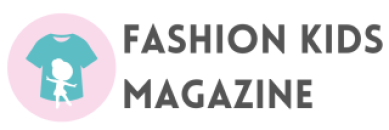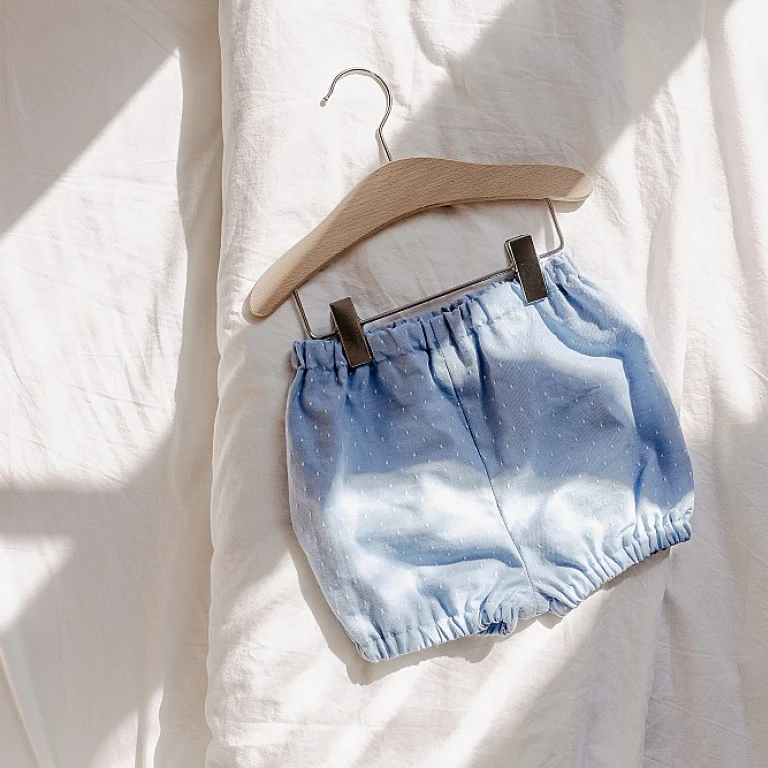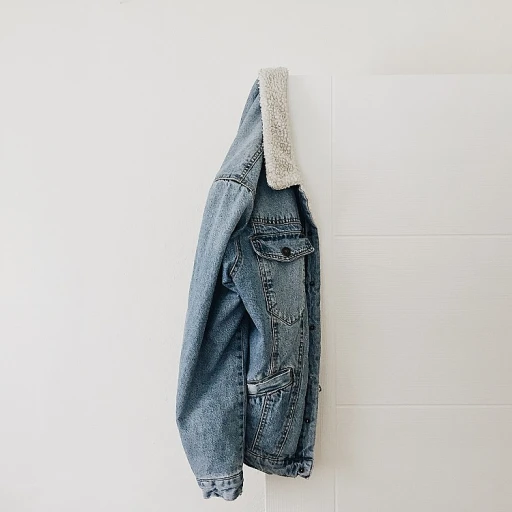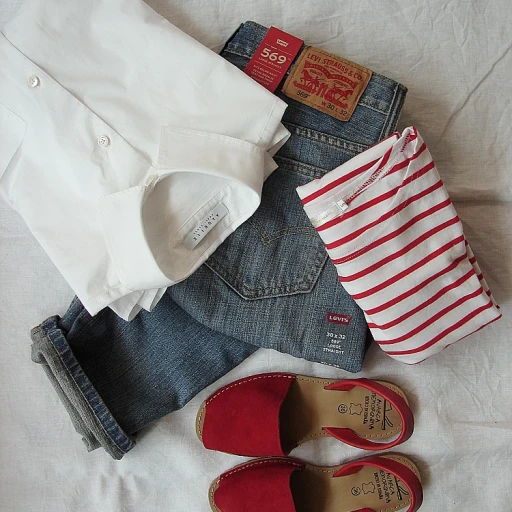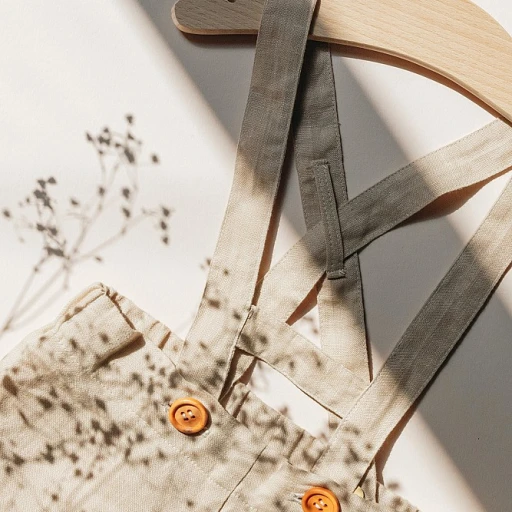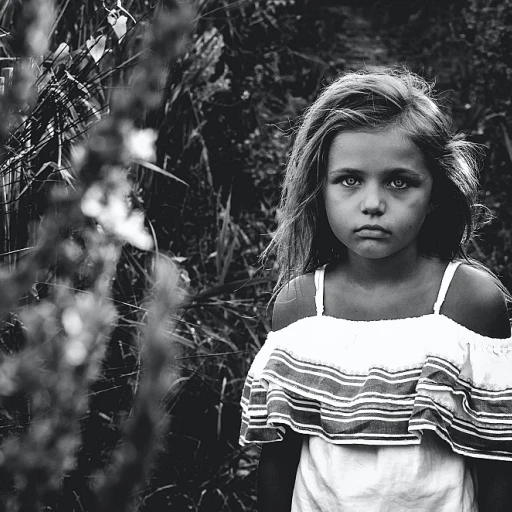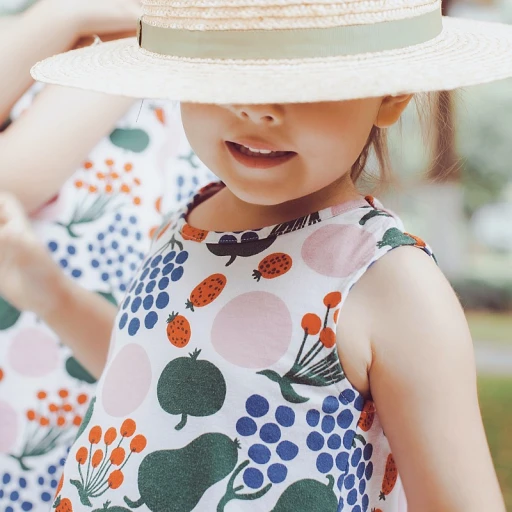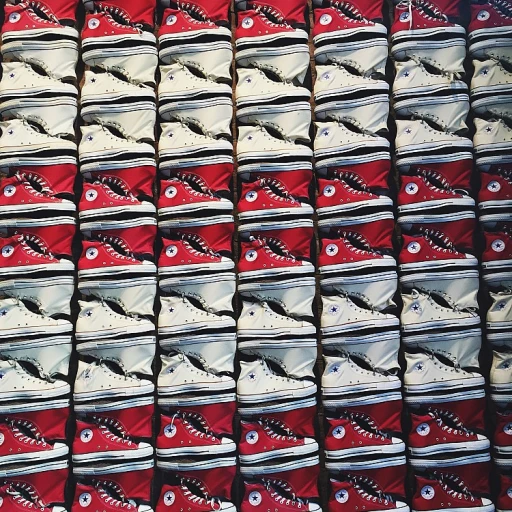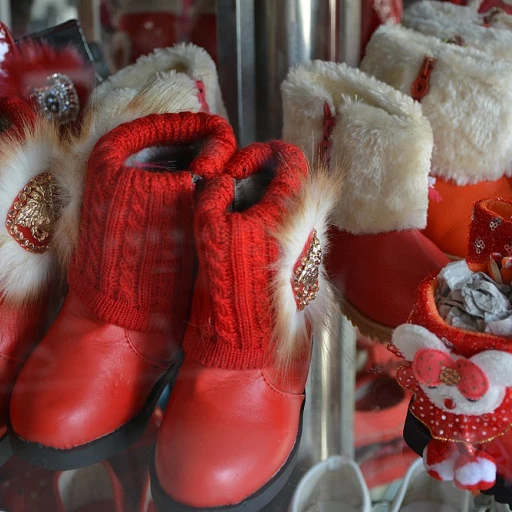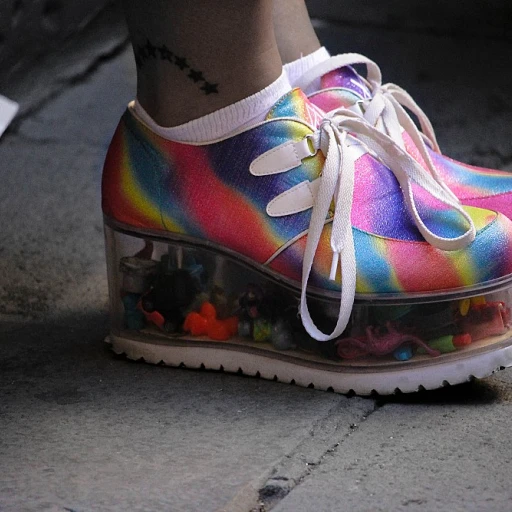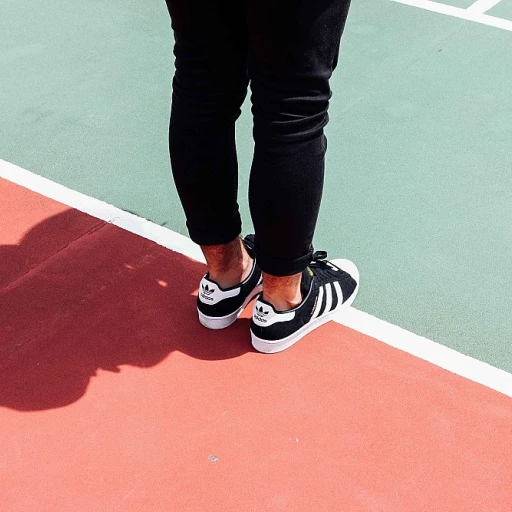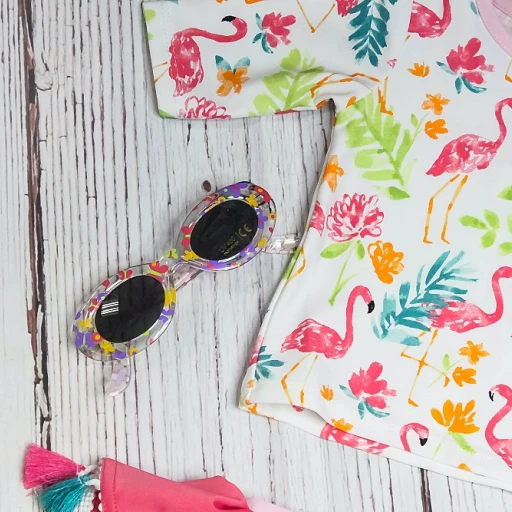
Why washing baby clothes requires special care
Delicate skin needs gentle care
Babies have incredibly sensitive skin, which is about 30-50% thinner than adults' (Cleveland Clinic). Because of this, it's more susceptible to irritation from fabrics, detergents, and residues left behind after washing. Mild reactions can lead to rashes, dryness, or eczema, which is why it's crucial to use proper washing techniques when cleaning baby clothes.
Reducing the risk of allergens
Newborns are particularly vulnerable to allergens. The American Academy of Pediatrics advises parents to wash all new clothing items before their baby wears them to minimize exposure to irritants and allergens present in the manufacturing process. This precaution helps remove potential compounds like dyes, preservatives, and chemicals that can trigger reactions.
Importance of hygiene
Newborns' immune systems are still developing, making them more susceptible to infections (Heidi Murkoff, Everyday Health). Washing baby clothes helps eliminate germs and bacteria that may cling to the fabric. This step is especially crucial for items like bodysuits, which are in direct contact with the baby's skin the majority of the time.
Prolonging the life of baby clothes
Proper care in washing clothes can make a significant difference in maintaining the quality and longevity of baby clothing (American Cleaning Institute). Using the correct washing techniques helps prevent wear and tear, keeps fabrics soft and comfortable, and preserves the clothes’ appearance, making them last longer and suitable for future siblings.
Choosing the best detergent for baby clothes
Detergents suitable for baby clothing
When picking a detergent for washing your little one's clothes, it isn't just about getting them clean. Babies have sensitive skin, so you need to choose a detergent designed for their delicate needs. According to the Cleveland Clinic, using a hypoallergenic detergent free of fragrances and dyes is crucial for preventing skin irritation.
Studies indicate that up to 10% of babies under the age of 4 experience eczema, a condition often exacerbated by regular laundry detergents (American Academy of Pediatrics). Look for labels that say "baby", "sensitive skin", or “free & clear”. Brands like Dreft, Babyganics, and All Free Clear are well-regarded among parents and experts alike.
Liquid vs. powder vs. pods
The form of detergent you choose also matters. Liquid detergents are generally preferred for washing baby clothes because they dissolve better in water, reducing the risk of residue. Powder detergents can be effective but may leave particles in the fabric, potentially irritating your baby’s skin. Detergent pods are convenient but not always recommended for baby clothes as they can sometimes leave behind a residue or contain higher concentrations of detergents, which may be harsher on sensitive skin.
Using fabric softeners and dryer sheets
Experts advise against using fabric softeners and dryer sheets on baby clothes. These products usually contain added fragrances and chemicals that can irritate a baby's sensitive skin. If you do want to soften your baby's clothes, consider using a baby-safe fabric softener like Attitude Little Ones or pure white vinegar, which is a natural softener.
Heidi Murkoff, author of the “What to Expect” series, suggests instead running an extra rinse cycle to ensure all detergent is fully washed out, keeping the baby's clothes extra gentle and comfy (Everyday Health, Inc.).
Baby laundry detergent alternatives
If you’re looking for alternatives to traditional baby laundry detergents, consider using DIY options like soap nuts or natural liquid soap, which are gentle and eco-friendly. Soap nuts, in particular, are a 100% natural laundry solution and have been used for centuries for their cleaning properties. They are hypoallergenic, unscented, and biodegradable, making them a safe option for baby clothes.
For more tips on picking suitable clothing for your baby that balances style and comfort, consider checking out our detailed guide to unique baby boy clothes.
Preparing baby clothes before washing
Preparing baby clothes before washing: essential steps
Getting your baby clothes ready for washing is a lot more than just tossing them into the laundry basket. Special attention and care can prevent skin irritations and ensure the clothes stay in good condition. Here's a guide to help you through the process.
Pre-wash tips
Before you start the washing cycle, pre-washing baby clothes is crucial. It's not just about hygiene — removing potential irritants is key for your baby's sensitive skin. Studies from the Cleveland Clinic underline that newborn skin is less resistant to irritants compared to adult skin, which makes this step vital.
Sorting by fabric and color
Separate baby clothes by color and fabric type. Dark colors, whites, and pastels should go into separate piles. Fabrics like wool and delicate items need to be segregated too, as they have different washing needs. According to Find Financial Help, sorting clothes will help maintain their quality and prevent color bleeding.
Treating stains
Babies can be messy little bundles, and stains are inevitable. For effective stain removal, soak the stained clothing in cold water mixed with a mild laundry detergent before the actual washing cycle. The American Cleaning Institute recommends this pre-soak treatment to loosen the stains and improve cleaning results.
Detergent precautions
Your choice of detergent can make a big difference. Stick to detergents designed for baby clothes that are fragrance-free and dye-free. Expert Heidi Murkoff from Everyday Health advises against using regular detergents as they can be too harsh on sensitive baby skin. Specifically, choose a detergent that’s labeled as hypoallergenic.
Closing fasteners and turning clothes inside out
Fasten any buttons, zippers, or Velcro before washing to avoid damaging other clothes. Turn the clothes inside out to help preserve the fabric surface, which is particularly handy for delicate fabrics like wool baby clothes. Veteran moms often share that this trick keeps prints and colors from fading too quickly.
Following these steps will help you get the best results when washing your baby's clothes. It’s all about every tiny detail adding up to safer, cleaner clothes for your little one.
Washing machine settings for baby clothes
Washing machine settings tailored for baby clothing
Setting up your washing machine properly for baby clothes can make all the difference in keeping your little one's garments soft and irritation-free. Babies have delicate skin, so it's essential to get this step right. According to the American Academy of Pediatrics, using a gentle wash cycle is advisable to prevent damage to the fibers of the clothing.Temperature settings
Choosing the correct water temperature is crucial. While hot water can kill more germs, it can also be harsh on clothes and even shrink them. Experts suggest using warm water (30-40°C or 86-104°F) for most baby clothes. According to the Cleveland Clinic, warm water is typically gentle enough to protect the fabric while being effective in cleaning.Cycle selection
Selecting the best wash cycle is important to maintain the integrity of baby clothes. A gentle or delicate cycle is often recommended because it minimizes wear and tear. Heidi Murkoff from Everyday Health mentions that using a gentle cycle ensures your baby’s clothing lasts longer and remains in good condition.Spin speed
The spin speed of your washing machine also plays a role in baby clothes care. High spin speeds may extract more water but can be too harsh on the fabric. Going for a low to medium spin speed helps in reducing fabric stress and maintains clothing shape.Detergent dispenser settings
Make sure to use the correct compartment of your washing machine for baby laundry detergent. The American Cleaning Institute emphasizes using the right amount as overuse can leave residue, which may irritate baby skin. Opt for detergents labeled as free of dyes and fragrances for best results. By tweaking these machine settings, you ensure that washing baby clothes won't compromise the fabric integrity or cause skin irritations. So, remember to check your washing machine manual and select the most gentle cycles and settings tailored for your newborn’s wardrobe.Hand washing baby clothes
Tips for hand washing baby clothes
The delicate nature of a baby's clothes, especially their skin-sensitive items, often makes hand washing the preferred method. Hand washing ensures gentleness and reduces the wear and tear that can happen in a washing machine. Here’s how to do it right:Choosing the right detergent
Selecting a detergent specifically designed for babies is crucial. Avoid those with fragrances, dyes, and harsh chemicals. The American Academy of Pediatrics suggests using hypoallergenic, free and clear detergents suitable for newborn skin.Prep the water
Fill a basin with lukewarm water. Extremely hot or cold water can damage delicate fabrics. Lukewarm water also helps soaps dissolve better, making it more effective for soil removal.Pre-treating stains
Spot treating stains before immersing the clothes in water can help. Gently rub a baby-safe detergent on the stain and let it sit for a few minutes. Be mindful not to use harsh scrubbing motions.Gentle washing techniques
Soak the clothes for about 10-15 minutes, then gently agitate the water with your hands. Avoid twisting or wringing the clothes as it can stretch the fibers.A quote by Heidi Murkoff, author and baby care expert: “Gentle, hand washing with baby-safe products is a great method to ensure babies' clothes are as soft and clean as possible.”
Rinsing
Rinsing is vital to remove any detergent residues, which could irritate a baby’s sensitive skin. Rinse thoroughly under running water until the water runs clear.Drying
Gently press out excess water by squeezing the clothes. It’s essential not to wring or twist them. Lay the clothes flat to dry on a clean, dry towel, keeping them out of direct sunlight to maintain their softness and color. Hand washing can sound laborious, but it pays off in extending the life of your baby's precious garments. Remember, these steps help in maintaining not just the look but also the safety of your baby's clothing.Drying baby clothes: best practices
Air drying vs. machine drying: what’s the difference?
Air drying baby clothes is often preferable because it reduces wear and tear on the fabric. It’s particularly important for delicate items or specialized fabrics like wool baby clothes. According to a study by the American Cleaning Institute, air drying can help garments last up to 40% longer. On the other hand, machine drying is convenient but can cause shrinkage or fabric damage if not done correctly. The NHS advises to use the lowest heat setting possible to minimize risks.Choosing the right drying tools
Using a wooden drying rack for air drying is ideal since it keeps clothes off harsh surfaces. Outdoor clotheslines are also great but watch out for allergens like pollen. If machine drying, opt for mesh laundry bags to protect smaller items. Heidi Murkoff, author of ‘What to Expect When You’re Expecting,’ recommends separating fabrics; for instance, drying delicate baby clothes in one cycle and thicker clothes like blankets in another.Tips for drying baby clothes
When air drying, avoid direct sunlight which can fade colors. Dry baby clothes inside out to protect prints and keep them soft. Everyday Health, Inc., emphasizes the importance of ensuring baby clothes are completely dry before storage to prevent mold. If using a machine, employ a tumble dryer sheet suitable for sensitive skin to minimize static cling and soften fabrics.Caring for wool and delicate fabrics
Wool baby clothes require extra care during drying. Lay them flat on a clean towel, reshape gently, and avoid hanging as this can stretch the fabric. According to a report from Cleveland Clinic, improper handling of wool can reduce its insulating properties. For other delicates, place them in a mesh bag and choose the ‘air dry’ setting on your machine, or opt for indoor air drying.Final checks before storage
Before putting baby clothes away, ensure they’re completely dry to avoid mildew. Store in a cool, dry place, ideally in breathable fabric or cotton bags to prevent moisture build-up. For extra protection, toss a lavender sachet into storage, which naturally deters moths and keeps clothes smelling fresh.Removing stains from baby clothes
Natural methods to tackle baby clothes stains
Stains on baby clothes are almost unavoidable. From food spills to diaper leaks, it's important to tackle them effectively and gently. For breast milk or formula stains, rinse the garment under cold water immediately. Then, pre-treat the stain with a baby-safe detergent such as Dreft or Babyganics.
The magic of baking soda and vinegar
You might be surprised, but baking soda and vinegar are two of the best natural stain removers. Sprinkle baking soda directly on the stain, then apply vinegar and let it fizz. After about 10-15 minutes, rinse with cold water and proceed to your regular washing routine.
Best baby detergents for stain removal
Choosing the right laundry detergent for baby clothes is crucial. Experts like Heidi Murkoff, author of 'What to Expect When You're Expecting', recommend detergents free from dyes and fragrances to protect sensitive baby skin. Some top choices include Dreft Stage 1: Newborn, Seventh Generation Free & Clear, and Mrs. Meyer's Baby Blossom.
Handling tough stains effectively
For tougher stains like baby food or poop, pre-soak the stained clothes in a mixture of water and enzyme-based baby detergent. Products like OxiClean Baby Stain Remover are designed to break down organic stains. Always use cold or lukewarm water as hot water can set stains permanently.
Avoid common mistakes when removing stains
Never rub stains aggressively as this can push the stain deeper into the fabric fibers. Instead, blot the stain gently using a clean cloth. Additionally, always check the care label on your baby clothing to ensure you follow the manufacturer's guidelines for washing and treating stains.
Avoiding commercial stain removers with harsh chemicals
Many commercial stain removers contain harsh chemicals that could irritate your baby's delicate skin. The NHS recommends opting for natural stain removal methods wherever possible. For particularly stubborn stains, choose the gentlest commercial products available and always perform a patch test first.
Remember, handling baby clothes with care isn't just about cleanliness; it's about ensuring your baby's comfort and health too. For more guidance on a range of topics including 'unique baby boy clothes', check out our other insightful articles.
Caring for special fabrics like wool baby clothes
Caring for special fabrics like wool baby clothes
Special fabrics, such as wool baby clothes, need extra tender care. Wool is delicate yet robust, providing warmth without bulk—ideal for baby garments but requires precise attention.
Firstly, always check the care label on your wool baby clothes. Many wool items are hand wash only, using cold water to prevent shrinking and felting. If the label indicates machine wash, make sure to use the wool cycle on your washing machine, coupling it with a detergent specially formulated for wool to preserve the fabric's natural oils.
Heidi Murkoff, an expert from Everyday Health, Inc., emphasizes, “Washing wool in hot water can lead to irreversible damage. Stick to cold water and gentle cycles to ensure longevity and comfort.”
When hand washing, fill a basin with cold water and mix in the wool detergent until dissolved. Submerge the garment, moving it slightly to help the soap penetrate. Avoid wringing or twisting, which can cause the fibers to stretch and lose shape. Gently press out the water instead.
When drying, lay the clothes flat on a clean towel, shaping them to their original form. Avoid hanging wool garments as this can lead to stretching. Air drying is best, away from direct sunlight or heat sources to maintain the integrity of the fabric.
Wool can be prone to pilling—those tiny balls of fiber that appear on the surface of the fabric. Regularly using a wool comb can help keep your baby’s wool clothes looking new.
According to a report by the American Cleaning Institute, wool is a high-maintenance material but worth the effort for its warmth and breathability. Their studies show that wool fibers are less likely to retain odors and are naturally resistant to bacteria, making them a good choice for babies with sensitive skin.
To sum up, wool baby clothing can be a wonderful choice for your newborn, as long as you follow these specific care instructions. Taking the time to wash and dry them properly will ensure that these special fabrics stay soft, comfortable, and durable for your little one’s needs.
